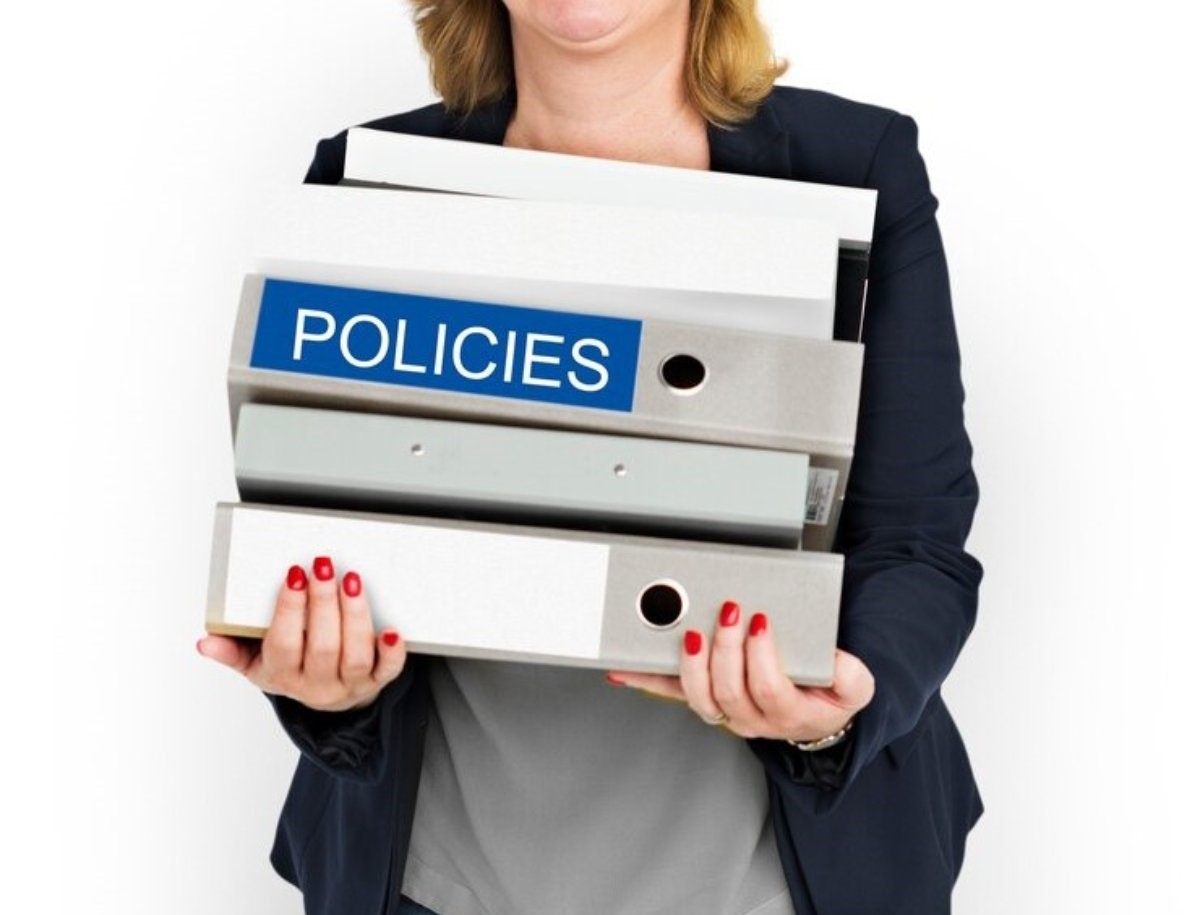The Parenting Blog

Understanding Homeowners and Renters Insurance
Whether you own your home or rent your space, protecting it should be a top priority. Life is unpredictable—accidents happen, storms strike, and break-ins occur when least expected. That’s why having the right insurance coverage in place is so important. It provides peace of mind, financial security, and practical support when you need it most.
This home insurance guide explains the main differences between homeowners and renters insurance. This guide unpacks each type of policy, revealing key considerations for selection. No matter if it’s your first apartment or your dream home, understanding your coverage options is key. Knowledge is your first line of defence in protecting your castle. Choose wisely, and let the peace of mind be your steadfast companion.
Why Insurance Matters for Everyone
Both homeowners and renters face similar risks: fire, theft, water damage, liability claims, and more. Insurance is the safety net that steps in to cover the cost of repairs, replace belongings, or help you recover after a disaster.
Without it, you could be left footing the bill for thousands—or even hundreds of thousands—of dollars in losses. Many renters think that the landlord’s insurance covers their personal belongings. But it doesn’t.

Homeowners Insurance: What It Covers
Homeowners insurance is designed to protect the physical structure of your home and everything inside it. It’s typically required by mortgage lenders and serves as a comprehensive safety net for both property and liability.
Standard homeowners insurance policies typically include:
1. Dwelling Coverage
Covers your home’s physical structure. This includes walls, roofs, floors, and built-in appliances. It protects against risks like fire, hail, and vandalism.
2. Personal Property Coverage
Covers your belongings—furniture, electronics, clothing, etc.—if they’re damaged or stolen. High-value items like jewellery may need additional coverage.
3. Liability Protection
Covers legal and medical expenses if someone is injured on your property or if you accidentally damage someone else’s property.
4. Additional Living Expenses (ALE)
Helps cover temporary living costs (hotel, meals, etc.) if your home becomes uninhabitable due to a covered event.
You can add options like flood or earthquake coverage. Other choices include identity theft protection or extended replacement costs for valuable homes.
Renters Insurance: What It Covers
Renters insurance is often overlooked, but it’s just as essential. It covers your belongings in a rental and offers liability protection, even if you don’t own the building.
Here are the renters insurance basics:
1. Personal Property Coverage
Protects your items in case of theft, fire, vandalism, or other covered events. This includes everything from clothes and electronics to kitchenware and bikes.
2. Liability Coverage
Covers you if you’re liable for hurting someone or damaging their property. For example, if your dog bites a guest or you accidentally start a kitchen fire.
3. Loss of Use Coverage
Covers temporary housing and related costs if your rental becomes uninhabitable due to a covered incident.
Renters insurance is typically very affordable—often under $20/month—and can save you thousands in unexpected costs. Many landlords even require it as a condition of your lease.
Key Differences Between Homeowners and Renters Insurance
| Feature | Homeowners Insurance | Renters Insurance |
| Covers building structure | Yes | No (landlord’s responsibility) |
| Covers personal belongings | Yes | Yes |
| Includes liability protection | Yes | Yes |
| Required by lender or landlord | Often | Sometimes |
| Covers temporary housing | Yes | Yes |
Homeowners insurance covers your home and its contents. Renters insurance protects your belongings on someone else’s property.
What’s Not Covered?
Both types of policies have exclusions you should be aware of. Most standard policies do not cover:
- Flood damage (requires separate flood insurance)
- Earthquake damage (often optional or separate coverage)
- Wear and tear or maintenance issues
- Damage from pests or mould (if not due to a covered event)
Always read the fine print and ask your insurance agent for clarification. You can often add endorsements or riders to cover specific needs.

Tips for Choosing the Right Policy
Here are some home insurance guide essentials to keep in mind when evaluating your options:
1. Inventory Your Belongings
Make a list of everything you own and estimate its value. This helps determine how much personal property coverage you need.
2. Decide on Replacement Cost vs. Actual Cash Value
Replacement cost policies pay to replace your items at today’s prices, while actual cash value accounts for depreciation. The former offers better protection but usually costs more.
3. Bundle for Discounts
Many insurers offer discounts if you bundle renters/homeowners insurance with auto or life policies.
4. Compare Deductibles and Premiums
A higher deductible means a lower monthly premium—but be sure you can afford that amount out of pocket in case of a claim.
5. Review Coverage Limits
Make sure your limits are high enough to fully cover your home and belongings. For high-value items, ask about scheduled personal property coverage.
When to Reevaluate Your Coverage
Your insurance needs may change, so it’s wise to review your policy annually or when:
- You move to a new home or rental
- You renovate or upgrade your property
- You acquire high-value items
- You add a new member to the household
- Your local risk factors change (e.g., new flood zones)
Keeping your policy up to date ensures your coverage matches your life.
Final Thoughts: Protection That Brings Peace of Mind
Whether you’re nestled in a cosy apartment or the proud owner of a memory-laden home, insurance is your safety net when life throws a curveball. A bit of research and the right coverage lets you relax. Your home, treasures, and peace of mind are safe.
Knowing the basics of homeowners and renters insurance helps you make smart choices. This protects your finances and keeps your family safe.









